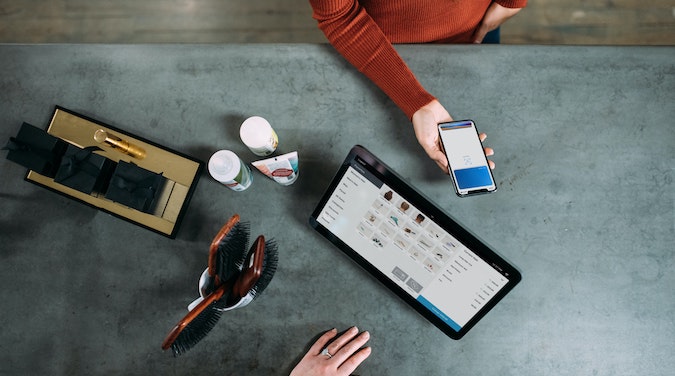Share

Customer experience (CX) personalisation is a strategy currently deployed by many market leaders such as Netflix and Google. Cameron Stuart writes about how soon CX tech will become a must-have for all businesses to succeed.
Consumers now want more from companies, with 88 percent of respondents to a 2022 HubSpot survey agreeing that customers have higher expectations than in previous years. CX tech can help. However, these digital systems need to be supported by other enterprise strategies to deliver consistent customer personalisation. Here are a few good measures to take to achieve customer personalisation through CX tech.
Empower personnel to understand the customer
Deploying CX tech to improve the level of personalisation consumers enjoy across your business is only as meaningful as the extent of the human interactions between your customers and your employees. After all, the customer experience is a human experience!
A good way to get staff more engaged with the customer experience is to develop a set of customer personas. These outline your range of customers and go beyond demographic information to include intrinsic desires and expectations of every interaction with your business. With these personas, you can better train your team to understand these different customer types and react accordingly to each customers’ circumstances.
This training should be backed by historical data gathered from past interactions with similar customer types, helping your employees understand potential problems, complaints and even compliments. This provides employees with context needed to tackle issues before they arise and have empathy as they anticipate customers’ expectations and solutions.
Select appropriate CX technology
Choosing suitable CX tech for your business isn’t a decision solely determined by hardware specifications or price; your customers should be the main guide for what technologies you need.
First, determine the channels that your customers interact with your business through. Do they interact mainly through your business website or social media platforms? Do your customers prefer to pick up the phone and speak to an employee directly? Or do they prefer to be redirected by automation online but receive a call-back at their own time?
With this information to hand, you can redesign how your business engages with clientele around how they like — and expect — to communicate. With any CX tech platform that suits that need, you also need to be able to store and collate customer data to inform your customer service representatives and better design your customer interfaces, so keep that in mind too.
Integrate CX tech into your wider system seamlessly
Integrating CX tech into your wider enterprise systems may sound obvious, but many companies fail to carry over customer information when migrating to a new CX tech platform or having a platform that lacks visibility of customer data across channels or moments of interactions.
It can be frustrating for a long-standing customer to return to your business to find that their historic data is not available, or their account has vanished, which often increases the time needed to resolve their issues or even creates the inability to resolve them.
That can give the customer the impression of not being cared for or valued and can quickly sour a good relationship, no matter how long it took to build it.
Without seamless integration of your CX tech, not only will your customers have a poor experience, but the agent experience will also be affected. If your staff needs to repeatedly prompt your customers for information, it impacts the overall agent experience (AX) and it comes with high opportunity costs for your business as time is spent retrieving information from customers than actually resolving their concerns.
Deploy customer data for personalisation
Here’s where CX tech comes into its own. With trained customer support teams and a fully integrated customer experience across all forms of communication, CX tech can empower your contact centre team. By directing customers to the right channels or department, automating simple straightforward tasks that require less interactions with the customer and supporting most of the human interactions with the right customer data, can see more efficiency, lower response times and resolution methods all according to the customer’s preference. These self-service capabilities can be available 24/7, even when your contact centre is closed.
For example, CX tech can use customer data to recommend interaction points such as repeated bookings or push for purchase and arrange ideal contact times and methods between service teams and customers. This helps customers to engage on their terms and feel as if the business has taken the time to think about them as an individual and offer personalised, meaningful interactions.
With these four points combined, companies can achieve an empathy and solution-driven approach to CX tech. This will help companies make their customers feel valued and understood while leveraging all available opportunities and moments for customers to support the business.
Cameron Stuart is the principal engineer at TSA Group.















